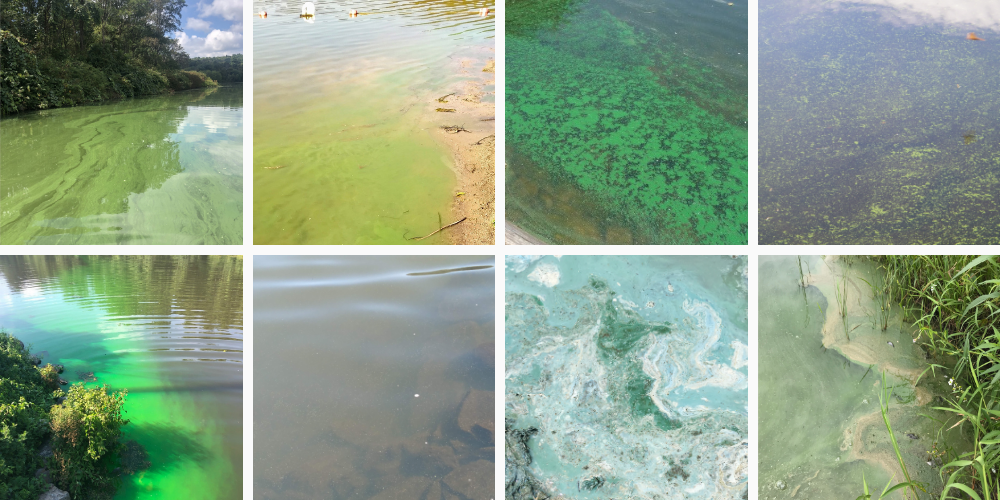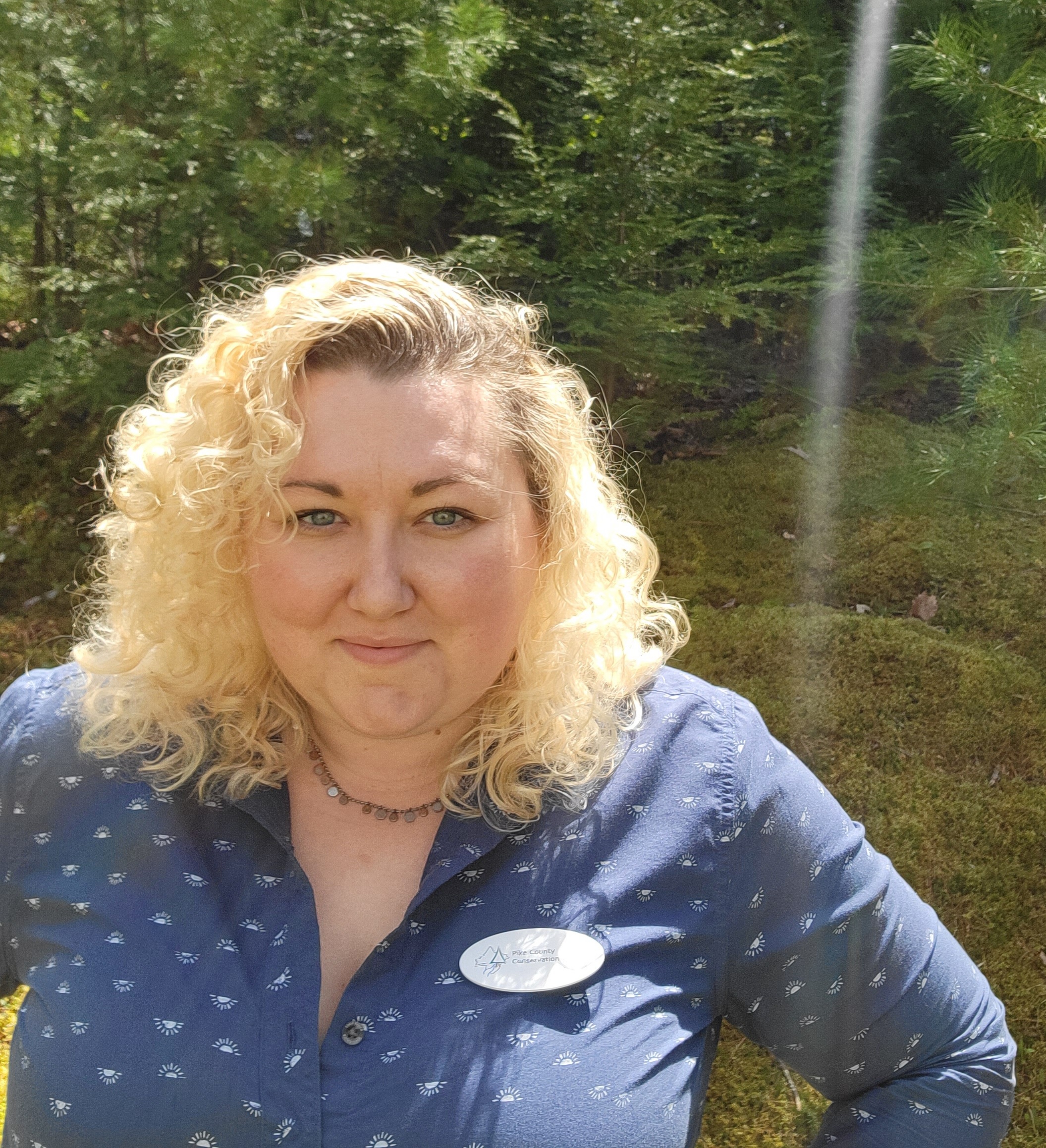News

Climate Change and Harmful Algal Blooms

By: Devan George, Communications Coordinator
Climate change is the long-term shift in temperatures and weather patterns, often resulting in more frequent and severe weather events. This shift is predicted to have a massive impact on freshwater and marine environments, effecting the plant and wildlife that live there, as well as humans. As a result, Harmful Algal Blooms can become more prolific and more intense.
Harmful Algal Blooms are overgrowths of algae in the water, that can produce dangerous toxins (for more info on HABs, click here). These toxins pose a danger to humans, pets, wildlife, and entire aquatic habitats. It is because of these adverse health effects that everyone should be on the lookout for HABs in local waterbodies.
There are three things that HABs need to be successful in an ecosystem. Sunlight, slow-moving water, and nutrients like nitrogen and phosphorus. These nutrients can come from human activities, such as agriculture, stormwater, wastewater, and from individual properties (for information on reducing pollutants on your property click here). These nutrients are often in high levels as a result of human activity, encouraging blooms that are more severe and more frequent.
Climate change adds to these nutrients, supporting the growth and intensity of HABs, making the perfect conditions for proliferation. Harmful Algal Blooms typically bloom in the warm summer season, when sunlight is most available, and toxic blue-green algae prefers warm water. As Climate Change creates warmer weather conditions, it warms surface waters as well. Warmer water also leads to less water mixing in surface water, allowing algae to grow thicker and faster. As Climate Change continues to contribute to warmer weather and humans continue to add nutrients to surface waters, Harmful Algal Blooms will become more intense and more frequent in water bodies across the globe, and here in Northeast Pennsylvania.
